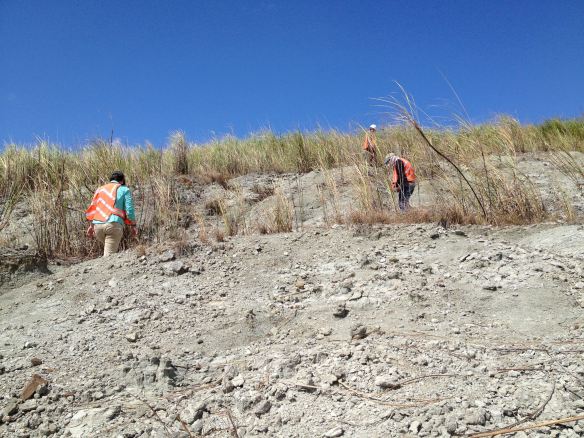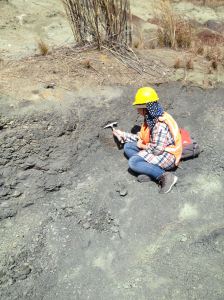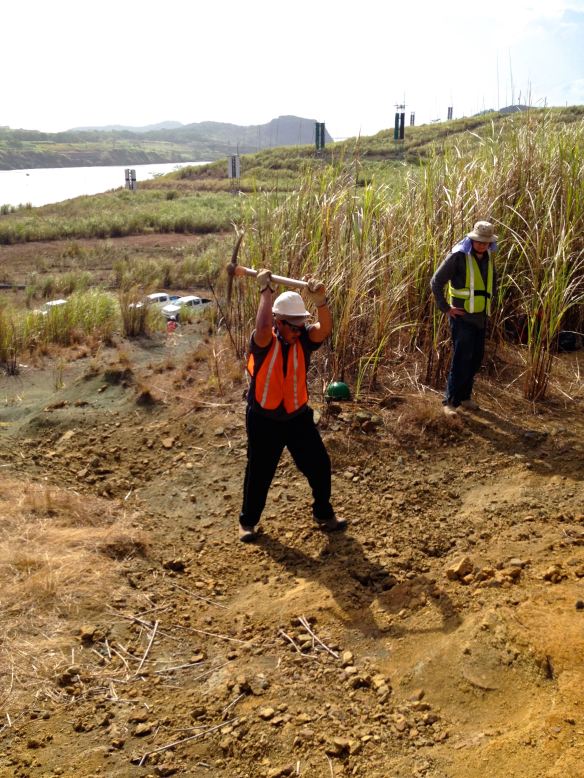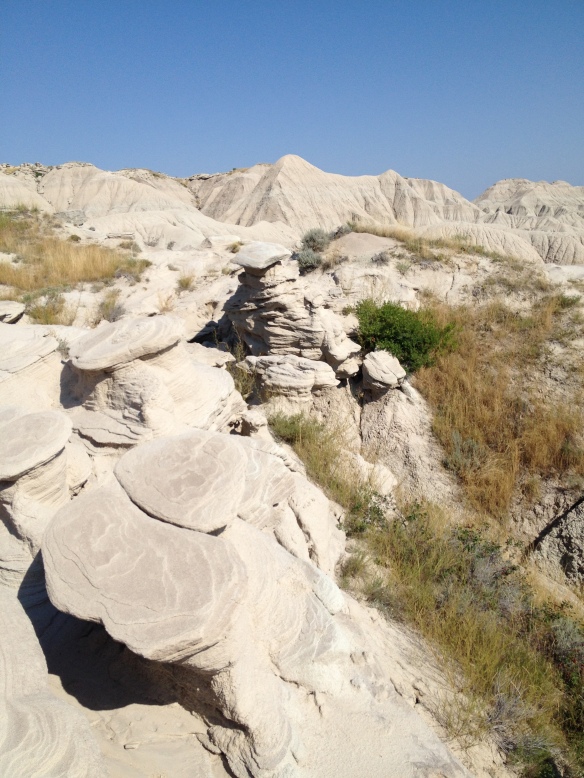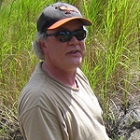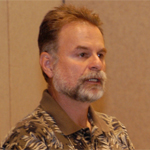The members of PCP PIRE that traveled to Panama for Spring Break have been collaborating with the field interns to collect plant, invertebrate and vertebrate fossils in several localities, both old and new. On Friday the group left the field early to visit the Biomuseo, a museum that focuses on the history and biodiversity of Panama. PCP PIRE, STRI and several other institutions have made contributions to the museum and it was the first time that many members of the Spring Break crew had seen the museum since its construction phase. The museum includes permanent and temporary galleries that explain the history of Panama: its geologic history and how the Isthmus came to be, its evolutionary history and biodiversity, and its cultural history and how humans have shaped the landscape of Panama. One temporary exhibit centered on contributions made by PCP PIRE and other institutions and included details of our discoveries so far as well as paleoart and casts of fossils made by members of the project. It was an amazing experience to visit the museum and see what we have discovered through the course of this project and how we are sharing our discoveries with the public.
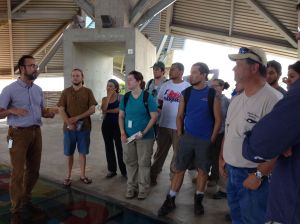
The Spring Break crew listen to a tour guide explain the details of the architecture of the Biomuseo. Photo © Dawn Mitchell.
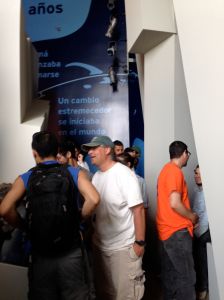
The Spring Break crew discuss the geology of the Isthmus of Panama as they walk through the “Building the Bridge” exhibit, which narrates the geological history of Panama. Photo © Dawn Mitchell.
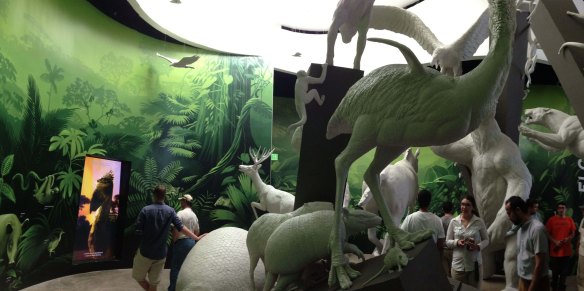
Members of the PCP PIRE Spring Break crew explore the “Worlds Collide” exhibit at the Biomuseo. The exhibit includes life-size statues of animals clashing in a representation of the Great American Biotic Interchange after the Isthmus of Panama was fully formed. Photo © Dawn Mitchell.
The Spring Break group is wrapping up their fieldwork on Saturday and will be headed back to Florida on Sunday. Be sure to check back next week to hear from our museum interns about their experience in the field!






